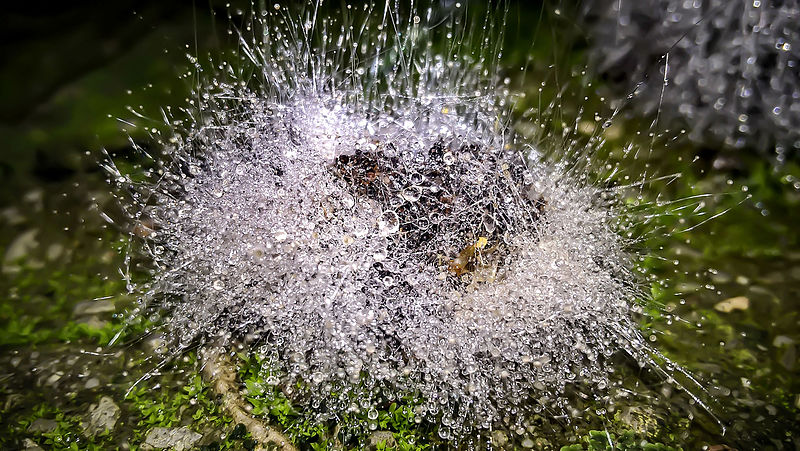It can be easy to get mixed up between mold and yeast, especially if the mold or yeast is growing on the food. Both of them are types of fungi, and they have some similarities in their appearance and function. However, one is significantly more harmful than the other, and being unable to differentiate between the two can be the difference between a safe meal and a dangerous one.
Mold is a fungus that generally grows in the form of multicellular filaments called hyphae. Mold typically reproduces through spores, tiny cells that can travel through the air to find new locations to grow. Some mold species can also reproduce asexually by producing small structures called conidia. While mold is commonly found growing on food, it can also be found in damp places such as showers and basements.
Yeast is another type of fungus, but it generally grows as a single cell rather than in long filaments like mold. Yeast can reproduce both sexually and asexually, depending on the species. When reproducing sexually, yeast cells will fuse to form new cells. Asexual reproduction generally occurs through budding, where a small portion of the yeast cell breaks off and grows into a new independent yeast cell.
The benefits and harmful effects of yeast:
Yeast is a microscopic fungus used for centuries in baking and brewing. It is also known as a leavening agent, which helps the dough rise by producing carbon dioxide gas. Yeast is essential for many types of bread, including traditional loaves, pizza doughs, and sweet rolls.
Yeast can also be used to make beer, wine, and other alcoholic beverages. The fermentation process yeast undergoes during brewing or fermentation creates alcohol and carbon dioxide gas. This gas makes the beverage bubbly and gives it its characteristic taste and aroma.
While yeast has many benefits, it can also be harmful if consumed in large quantities. This is because yeast produces alcohol as a byproduct of fermentation. These alcohols can be toxic to the human body and cause serious health problems. Therefore, it is important to be aware of the amount of yeast you consume and limit your intake if necessary.

The benefits and harmful effects of mold:
Mold is a type of fungus that can be found growing on food, in damp places, or on any surface that is moist. Mold reproduces through spores, which are tiny cells that travel through the air to find new locations to grow.
While mold is often considered to be harmful, there are some benefits to this fungus. For example, certain types of mold are used to produce cheese and other dairy products. The mold helps to give these foods their characteristic flavor and texture. Additionally, mold can be used to create antibiotics and other medications.
However, mold can also be harmful to humans if ingested. This is because mold produces toxins called mycotoxins, which can cause serious health problems if ingested. In contrast, yeast is not known to produce harmful toxins in humans.
While mold and yeast are types of fungi, there are some key differences between them. One of the most important distinctions is that mold is generally much more harmful to humans than yeast.
Another key difference between mold and yeast is their preferred growing environment. Mold generally prefers to grow in cool, damp places with little ventilation. On the other hand, Yeast prefers warm environments with plenty of oxygen. This is why mold is more commonly found growing on food that has been left out for too long, while yeast is more commonly used in baking, where it can thrive in warm oven temperatures.
Spotting mold and yeast in your home and getting rid of it:
Mold and yeast can be found in your home if the conditions are right for them to grow. Mold generally prefers to grow in cool, damp places with little ventilation, while yeast prefers warm environments with plenty of oxygen.
If you suspect mold or yeast is growing in your home, there are some signs to look for. Mold typically appears as a black, green, or white substance growing on surfaces. Yeast usually appears as a white powder or film on surfaces.
If you find mold or yeast growing in your home, it is important to get rid of it as soon as possible. This can be done by cleaning the affected area with soap and water. You may also need bleach or another disinfectant to kill the mold or yeast. Additionally, you should fix any moisture problems in your home that may be causing mold or yeast to grow.
The best thing to do when you spot a mold or yeast overgrowth in your house is to call a professional. They will be able to identify the type of fungus and recommend the best course of action for removal. Additionally, they can help you to identify any moisture problems in your home that may be causing mold or yeast to grow.

